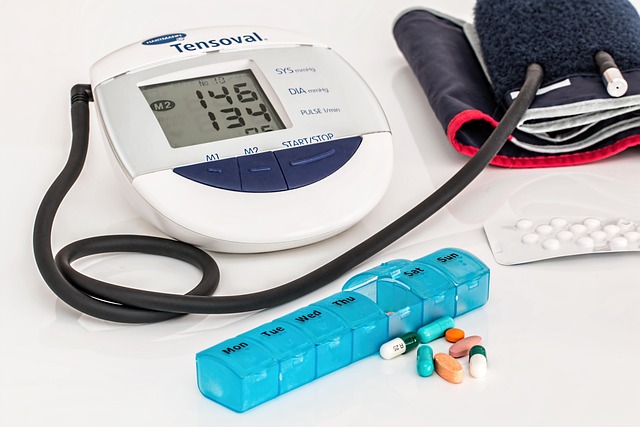
Stereopsis Screening
Understanding Stereopsis Screening
Stereopsis is a fundamental aspect of human vision, allowing individuals to perceive depth and distance. This ability is primarily due to the slight difference in the images seen by each eye, a phenomenon known as binocular disparity. Stereopsis screening is essential for assessing this visual skill, particularly in children and individuals with vision concerns.
What is Stereopsis?
Stereopsis refers to the brain's ability to interpret the slightly different views from each eye to create a three-dimensional perception of the world. This depth perception is crucial for various daily activities, such as driving, sports, and even simple tasks like reaching for objects. The effectiveness of stereopsis is influenced by several factors, including the distance between the eyes and the clarity of the images received by each retina.
The Importance of Stereopsis Screening
Screening for stereopsis is vital for identifying potential vision problems early. Children, in particular, benefit from these tests as they help detect issues that could affect their learning and development. Adults may also require screening if they experience difficulties with depth perception, which can impact their safety and quality of life.
How is Stereopsis Tested?
The most common method for testing stereopsis is through specialized visual tests, such as the Titmus stereo test. This test typically involves a series of images or targets designed to assess depth perception. Here are some common elements of stereopsis tests:
- Contour Targets: These are often used to evaluate depth perception. They may include various shapes or animals, depending on the age of the patient.
- Stereo Fly: A large, three-dimensional fly image is frequently utilized for screening purposes, particularly in children.
- Rings and Patterns: Older patients may be tested with a series of rings or patterns that require depth judgment.
What to Expect During a Stereopsis Test
During a stereopsis test, patients will typically wear special glasses that help present the images to each eye separately. The examiner will ask the patient to identify or interact with the images displayed. The results will indicate the patient's ability to perceive depth accurately.
Interpreting the Results
Results from stereopsis tests are measured in specific values that indicate the level of depth perception. A higher score generally indicates better stereopsis. If a patient scores below a certain threshold, further evaluation may be necessary to determine any underlying vision issues.
Conclusion
Stereopsis screening is a straightforward yet crucial process for assessing depth perception. Regular screenings can help identify vision problems early, ensuring that individuals receive the necessary interventions. Whether for children or adults, understanding and maintaining good stereopsis is vital for overall eye health and daily functioning.




















 What’s the Buzz About Aromatherapy Diffusers?
What’s the Buzz About Aromatherapy Diffusers? 
 Health
Health  Fitness
Fitness  Lifestyle
Lifestyle  Tech
Tech  Travel
Travel  Food
Food  Education
Education  Parenting
Parenting  Career & Work
Career & Work  Hobbies
Hobbies  Wellness
Wellness  Beauty
Beauty  Cars
Cars  Art
Art  Science
Science  Culture
Culture  Books
Books  Music
Music  Movies
Movies  Gaming
Gaming  Sports
Sports  Nature
Nature  Home & Garden
Home & Garden  Business & Finance
Business & Finance  Relationships
Relationships  Pets
Pets  Shopping
Shopping  Mindset & Inspiration
Mindset & Inspiration  Environment
Environment  Gadgets
Gadgets  Politics
Politics 